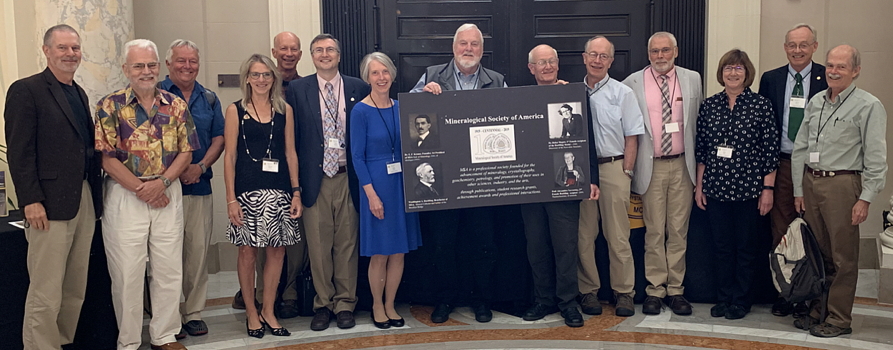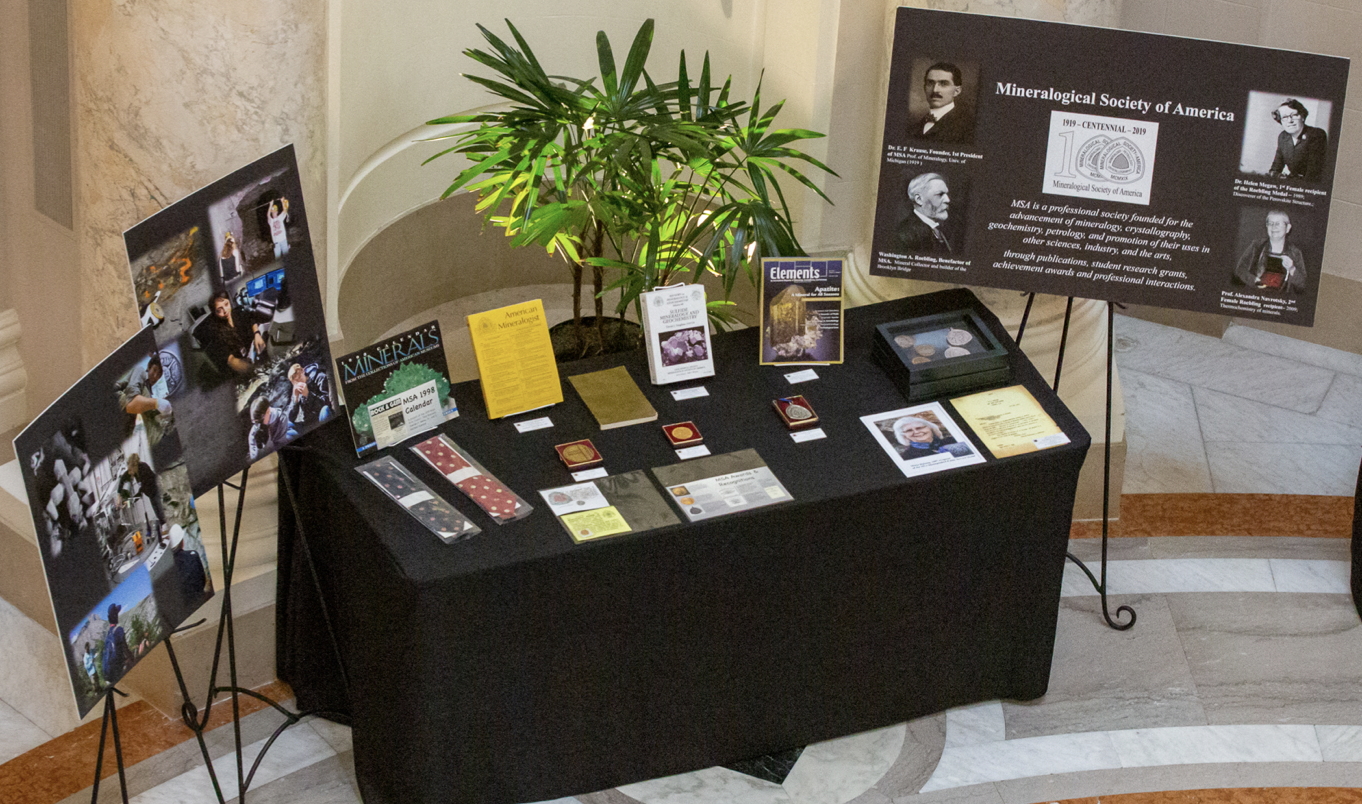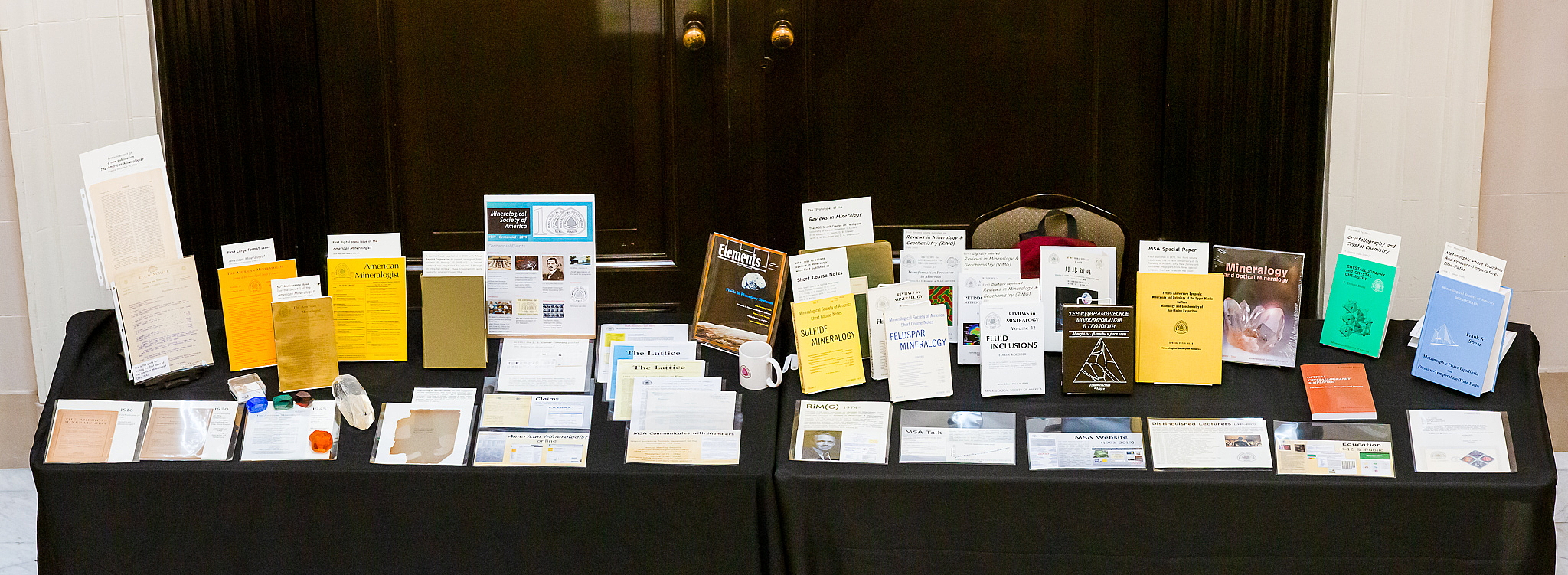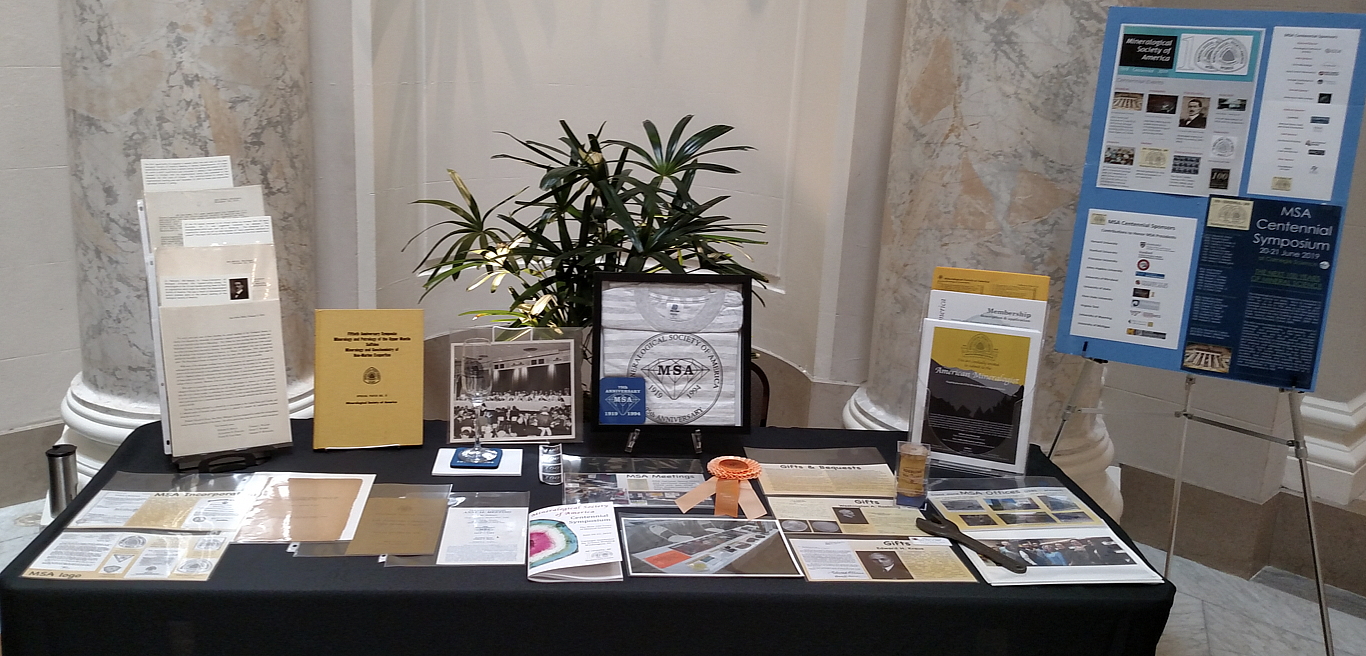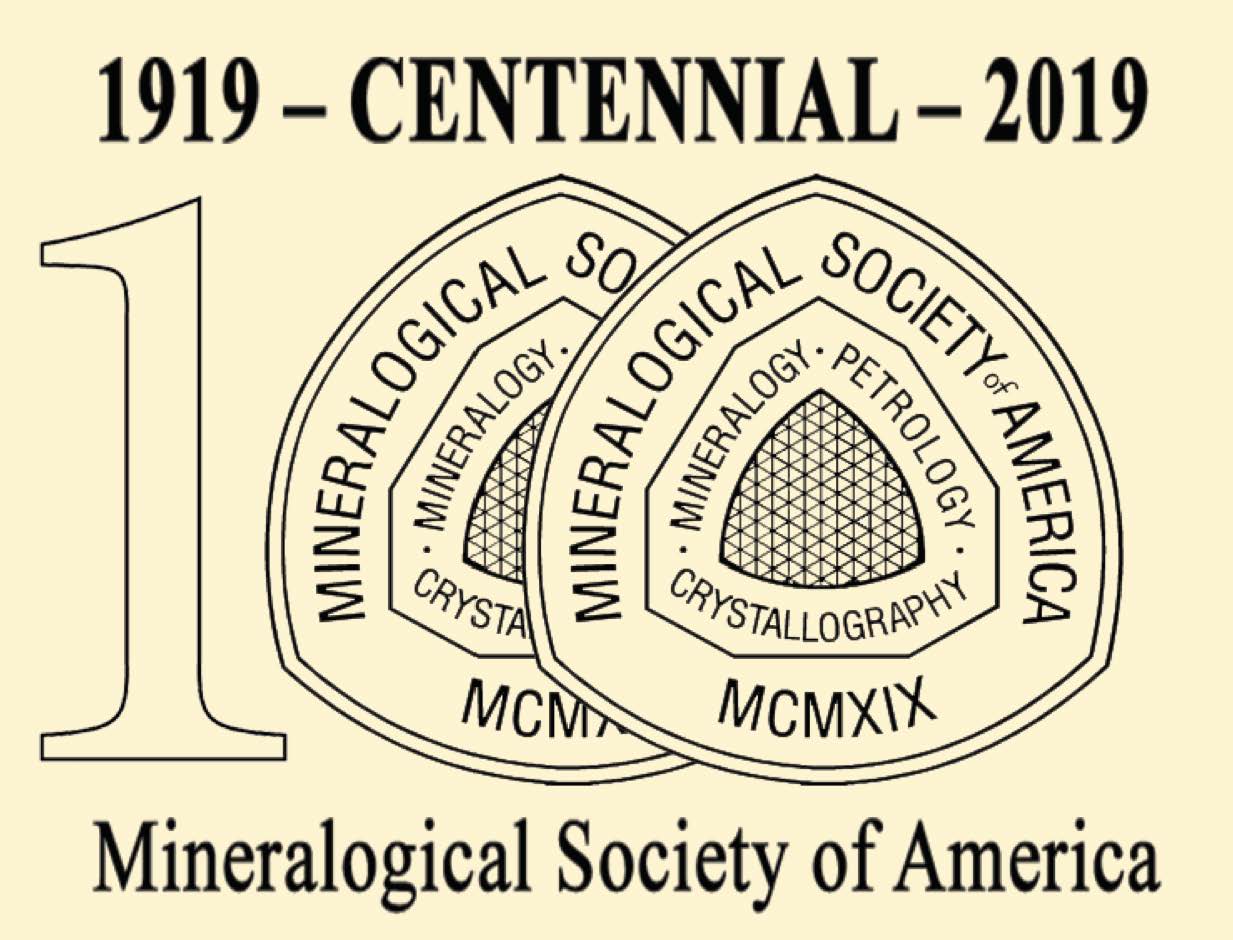
Mineralogical Society of America
Centennial (1919-2019) Symposium

Mineralogical Society of America
Centennial (1919-2019) Symposium
Jump to:
MSA Centennial Symposium Presentations video links
MSA Centennial Symposium Program & Abstracts (10 MB pdf download)
MSA Centennial Symposium Schedule (133 KB pdf download)
MSA Centennial Symposium past, current and future MSA Presidents image
MSA Centennial Symposium Exhibits image
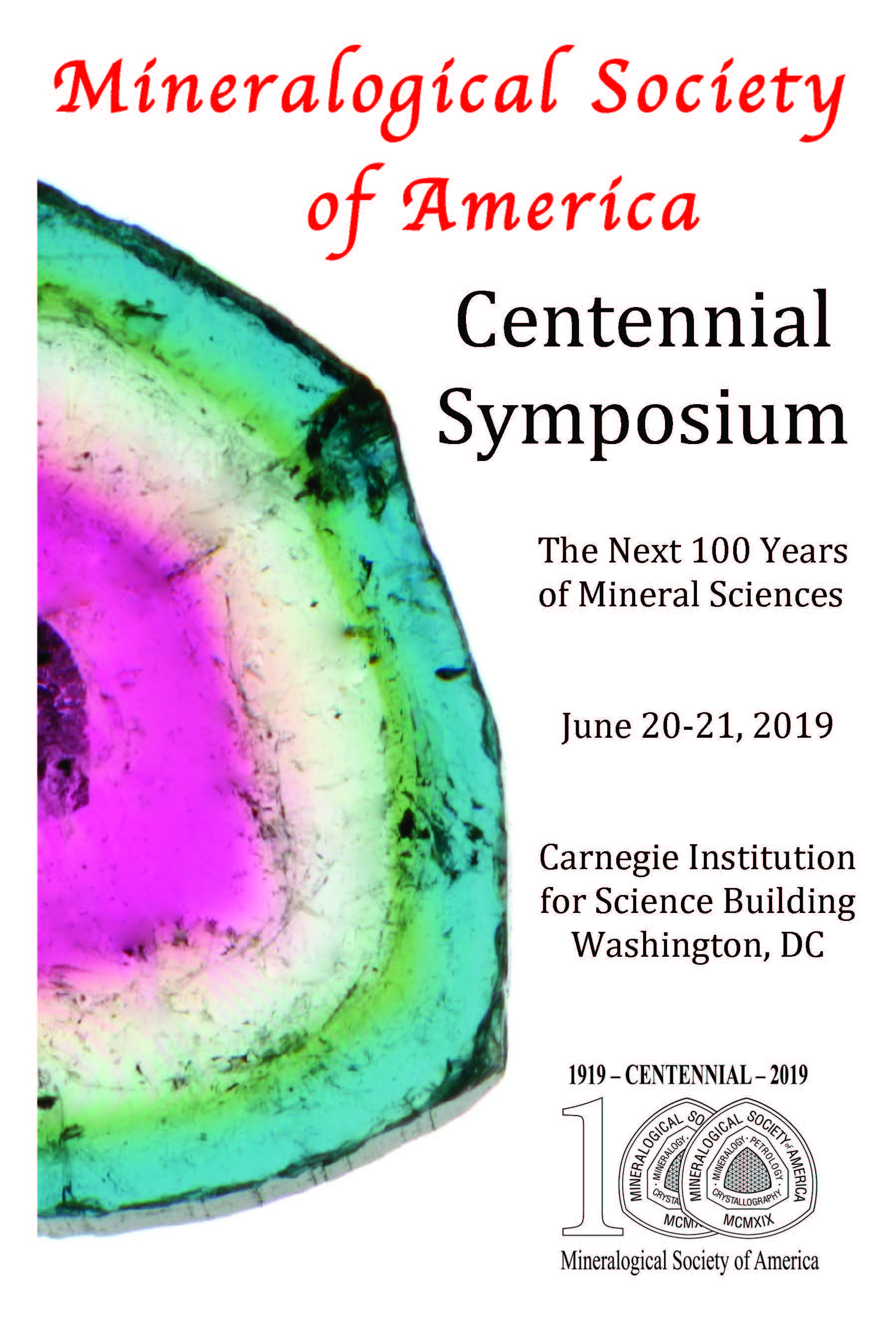
On June 20 and 21, 160 mineral enthusiasts gathered in the newly renovated Carnegie Institution for Science building to celebrate the 100th anniversary of MSA through moderated presentations of exciting advances in the solid Earth sciences.
The 14 hour-long theme colloquia were proposed by MSA members, and they beautifully illustrated the broad reach and profound impact of mineralogy today. The opening session on sustainability included sobering messages from Gordon Brown and Michael Hochella regarding the lasting legacy of open-pit mining in the western U.S. and the role of incidental nanomaterials in controlling contaminant dispersal in mine wastes. A related theme by David Singer and Michael Schindler emphasized the need to characterize soil horizons across multiple length scales, with evidence that processes at the nanoscale do not extrapolate simply from larger size regimes.
Ross Angel and Lucie Tajcmanova offered perspectives on the future of metamorphic petrology by stressing that state-of-the-art characterization techniques require a commensurate understanding of the complex physics and chemistry that produce metamorphic textures. In their session on mineral analysis, Michael Wiedenbeck provided a historical overview of SIMS while Simon Jackson impressed the audience with current capabilities in trace element mapping by LA-ICP-MS. Othmar Muentener and Roberta Rudnick next walked the audience through models of the formation of the lower and upper crust based on field studies and experimental petrology. Fabrizio Nestola and Graham Pearson took the audience even deeper through a review of the exotic inclusions and isotopic compositions that have been observed in diamonds. Kim Tait and Aaron Celestian closed Thursday's session with their perspectives on how mineral museums can thrive in the next century by aligning their missions through close collaborations with the research community.
Friday began with a COMPRES-sponsored overview of synchrotron-based studies in mineral physics. Przemyslaw Dera discussed surprising 5- and 6- coordination states for Si at high pressure, and Jin Zhang described anisotropy in omphacite as a means of detecting eclogite in the Earth’s mantle. Elizabeth Rampe and Harry McSween next offered revelations into the early history of Mars through rover-based in situ rock analyses and characterization of the >100 meteorites that originated on Mars. In a session sponsored by Rob Lavinsky, Shaunna Morrison and Simone Runyon challenged the audience to imagine the power unleashed by connecting the dots in the enormously large mineralogic and petrologic datasets that geologists have amassed over the last century. Alexandra Navrotsky closed the morning with an announcement of the next chapter in her multifaceted career as director of a new Materials of the Universe program at Arizona State University.
Gilberto Artioli tugged us back in time to consider the earliest uses of minerals in ceramics from 18,000 BCE, and his talk was followed by Michael Tite's history of the earliest Pb-Sn oxide glazes that were innovated in the Middle East in counter-thrust to Chinese porcelain. The Gemological Institute of America funded the following session, with Wuyi Wang describing the emergence of synthetic gem diamonds over the last 15 years and Mandy Krebs illustrating trace element and isotope approaches to provenance colored gems. Supported by C2/m Mineralogy, John Hughes and Jill Dill Pasteris expounded on the essentiality of apatite as a pillar for both our civilization and our bodies, and Ann Wylie and Matthew Sanchez concluded the meeting with presentations on the real and supposed health hazards of mineral dusts.
The Symposium proved that despite the diversity of our interests, there is more that unites than divides us thanks to our common foundation in the minerals and rocks that support our existence.
Each theme colloquium included two 20-minute presentations by invited speakers followed by 15 minutes of moderated audience discussion.
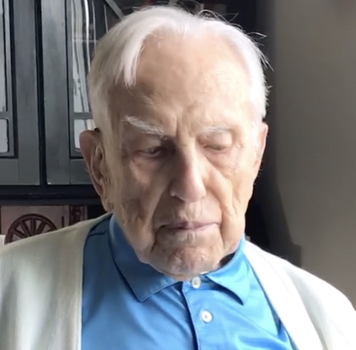
F. Donald Bloss (58th MSA President): Greetings. video
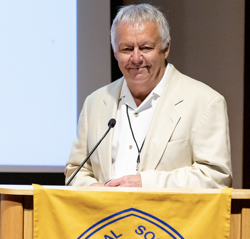
Mickey Gunter (100th MSA President): Welcome to the Symposium. video
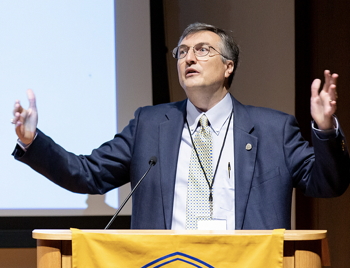
Peter Heaney (Penn State University, USA; Co-Organizer): Welcome and Logistics. video
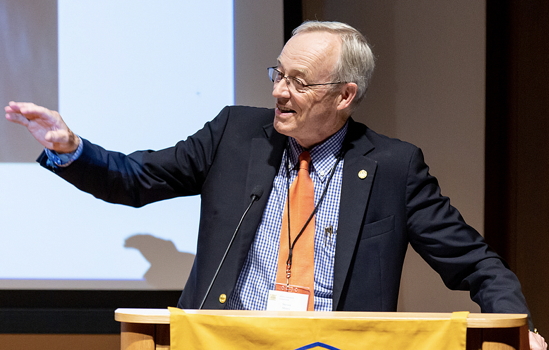
Steven Shirey (Carnegie Institution for Science, USA; Co-Organizer): Welcome and Overview of Carnegie Building. video
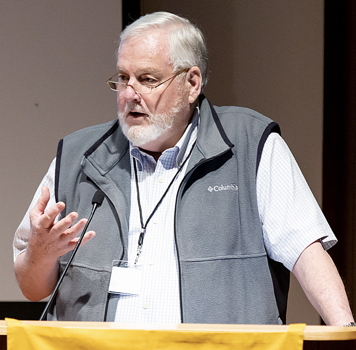
Gordon Brown (Stanford Univ.): The environmental legacy of mercury, gold, and asbestos mining: Evaluation of long-term impacts. video
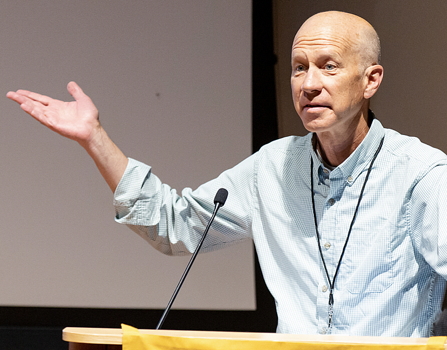
Mike Hochella (Virginia Tech): Newly discovered environmental impacts of mineral resource utilization: Direct and indirect incidental nanomaterials. video
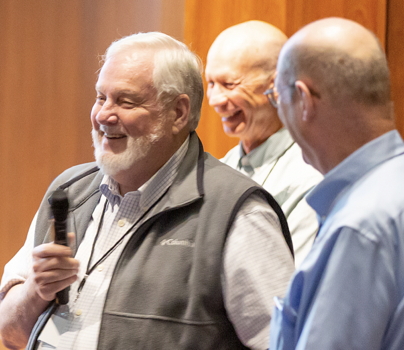
Moderator: Georges Calas (Universite Pierre et Marie Curie). video
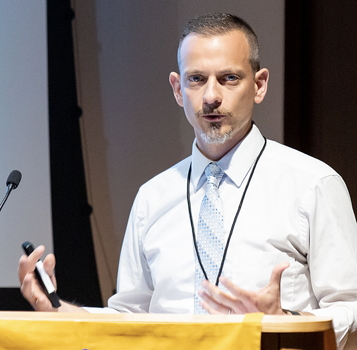
David Singer (Kent State Univ.): From atoms to mountains: New frontiers in X-ray science video
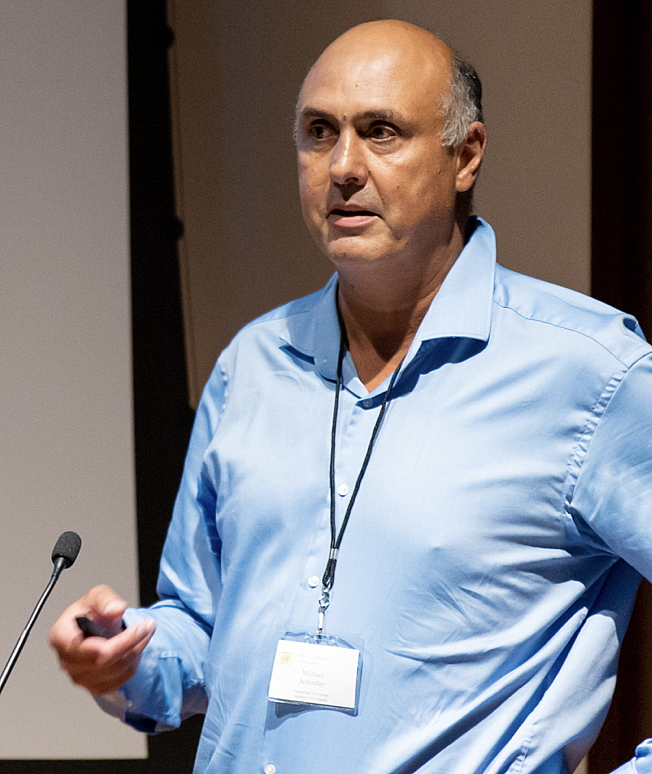
Michael Schindler (Laurentian Univ.): Nano-mineralogy: A new dimension to understand the fate of metal(loid)s in the environment video
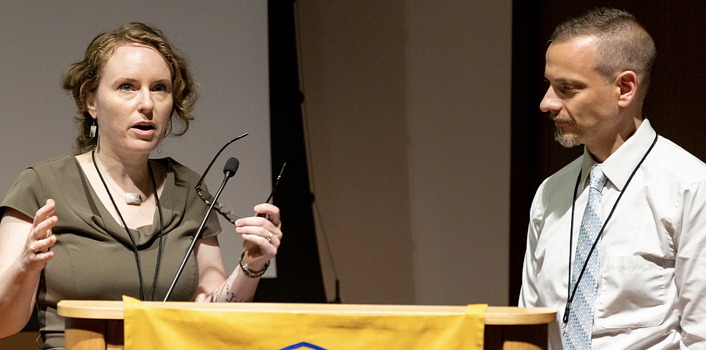
Moderator: Sarah Carmichael (Appalachian State University) video

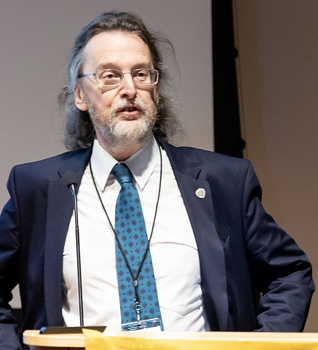
Ross Angel (Univ. Pavia): The importance of physics to thermobarometric research video
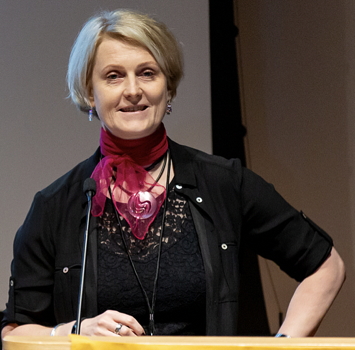
Lucie Tajcmanova (Univ. Heidelberg): What's Next? Exploring the future of metamorphic geology video
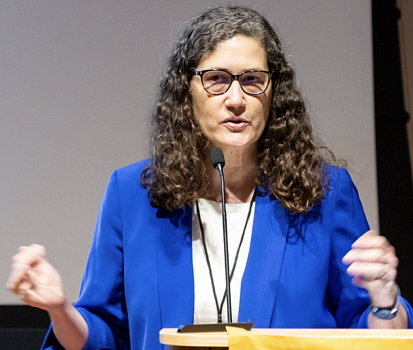
Moderator: Sarah Penniston-Dorland (Univ. Maryland) video
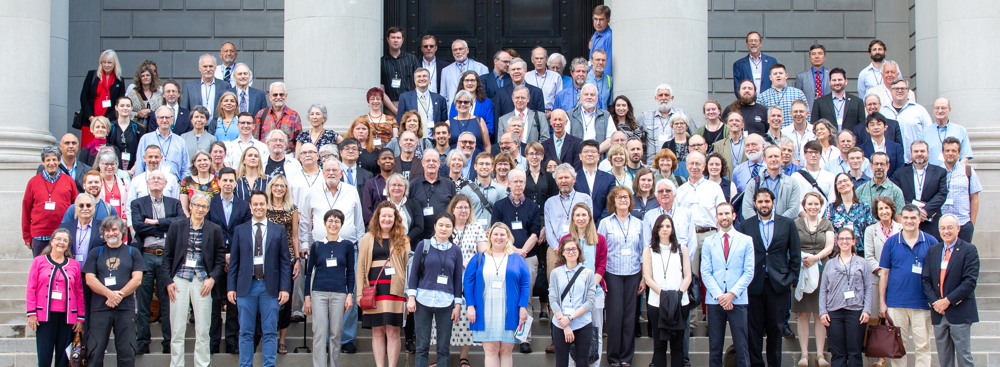 high resolution download.
high resolution download.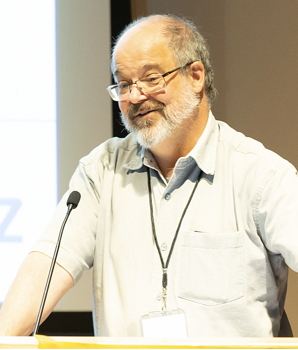
Michael Wiedenbeck (DGFZ-Potsdam): SIMS and related technologies: Where they stand, where they are headed, and where things need to go
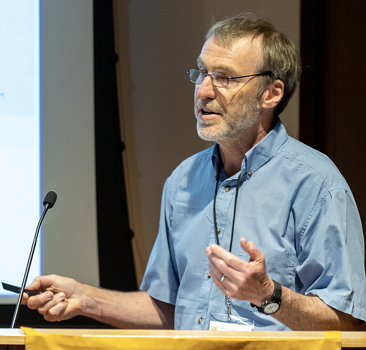
Simon Jackson (Geological Survey of Canada): LA-ICPMS mineral analysis: Prospects for development and improved integration with other technologies video
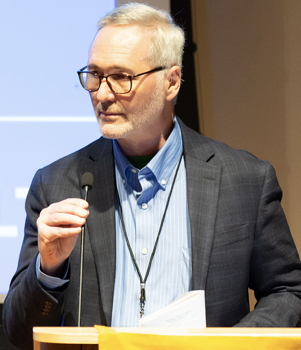
Moderator: Paul Sylvester (Texas Tech Univ.) video
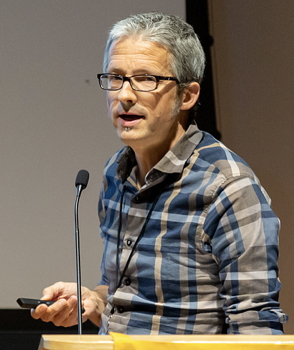
Othmar Muentener (Univ. Lausanne): Lower crust formation and differentiation constrained by field studies and experimental petrology video
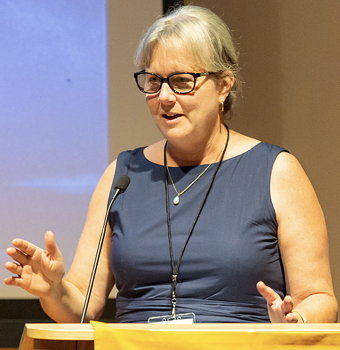
Roberta Rudnick (UCSB): Earth’s continents through time video
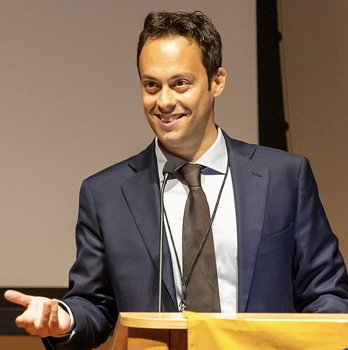
Moderator: Mattia Pistone (Univ. Lausanne) video

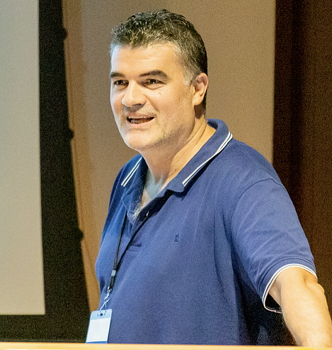
Fabrizio Nestola (Univ. Padua): In-situ, ambient analysis of diamond-captured mantle transition zone and lower mantle minerals video
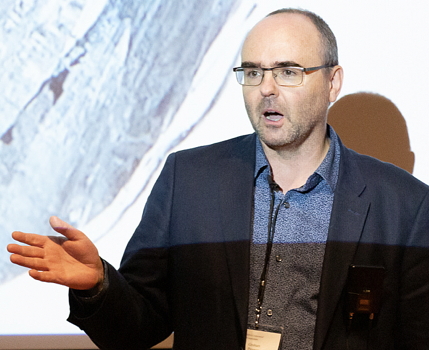
Graham Pearson (Univ. Alberta): The diamond record of plate tectonic recycling of H, C, N, and B video
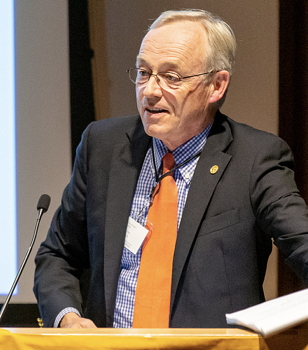
Moderator: Steven Shirey (Carnegie Institution for Science) video
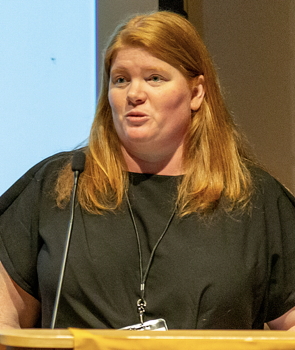
Kim Tait (Royal Ontario Museum): The Kirwin collection: Looking ahead for the next 100 years at the Royal Ontario Museum video
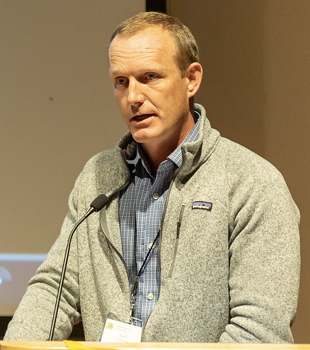
Aaron Celestian (Natural History Museum of Los Angeles County): Unlocking the collections: Making minerals accessible in the next 100 years video
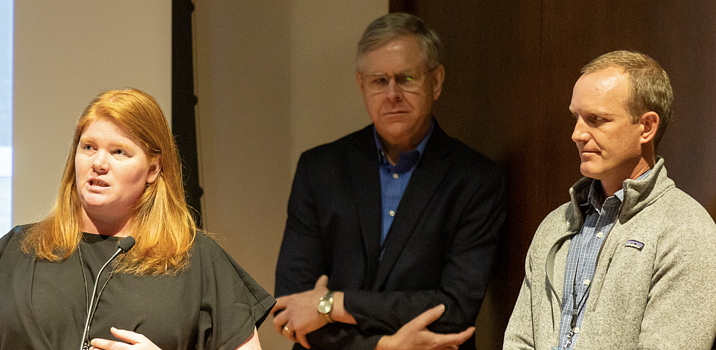
Moderator: Jeff Post (US National Museum) video
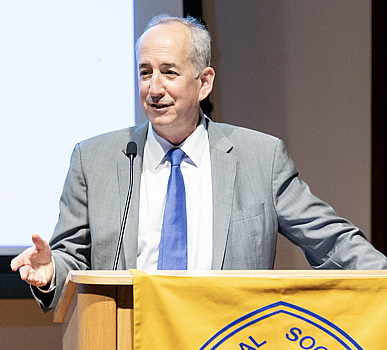
Eric Isaacs (President, Carnegie Institute for Science): Welcome. video
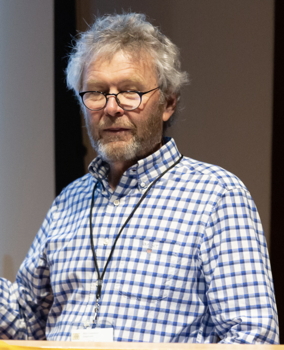
Carl Agee (Univ. New Mexico, ): Synchrotron-based Studies of High-Pressure Mineral Behavior video (follows the Welcome by Isaacs)
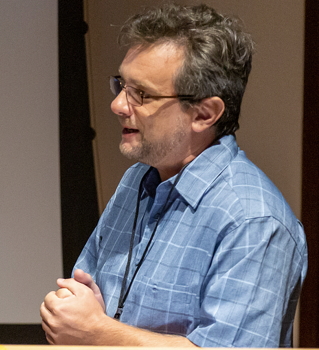
Przemyslaw Dera (Univ. Hawaii): Putting the squeeze on silicate chains: Unusual coordination states accompanying the densification of pyroxenes and amphiboles video
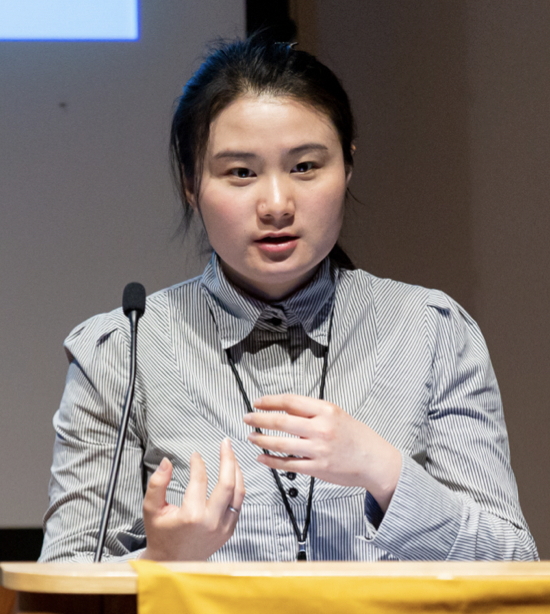
Jin Zhang (Univ. New Mexico): Elastic anisotropy and phase transitions in the Earth’s upper mantle video
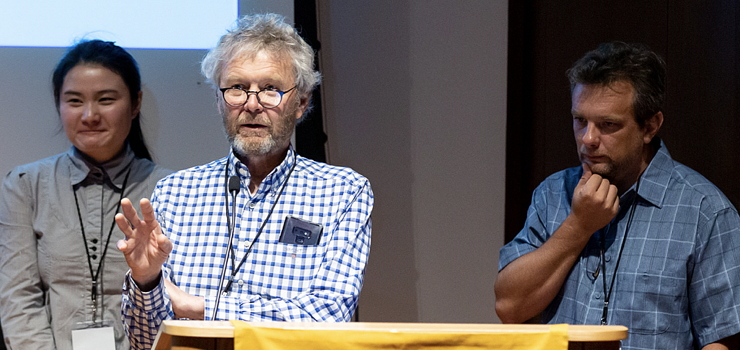
Moderator: Carl Agee (Univ. New Mexico) video
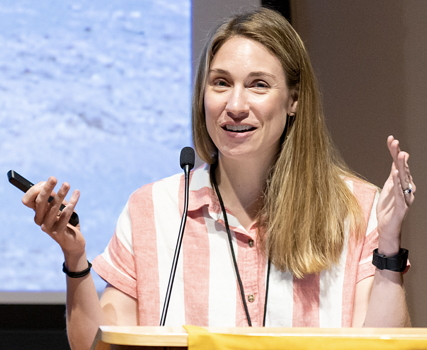
Elizabeth Rampe (Johnson Space Center): New perspectives of ancient Mars: Mineral diversity and crystal chemistry at Gale crater, Mars from the CheMin X-ray diffractometer video
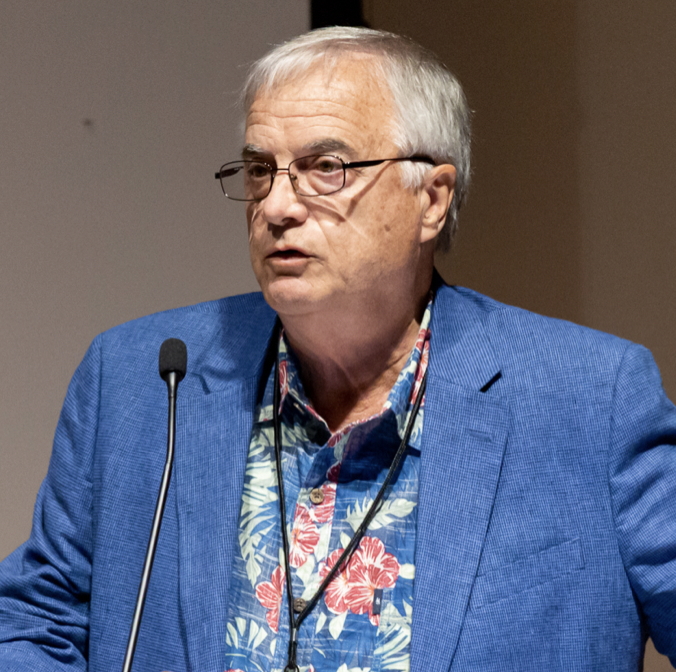
Harry McSween (Univ. Tennesee, Knoxville): The mineralogy of Mars from rocks in hand video
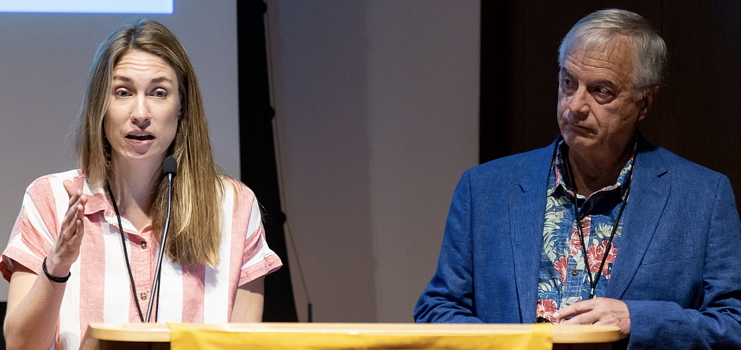
Moderator: Doug Ming (Johnson Space Center) video
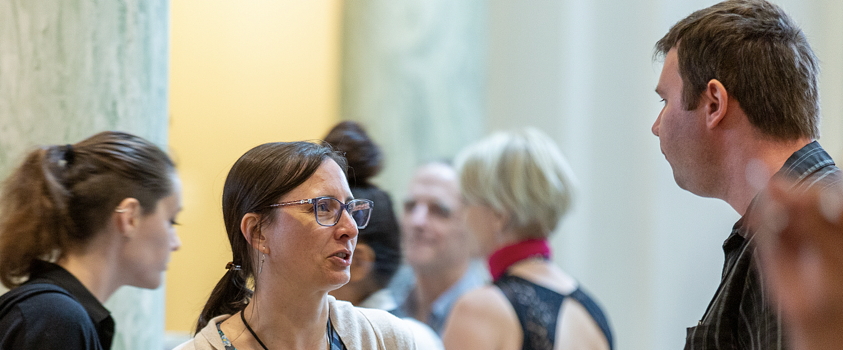
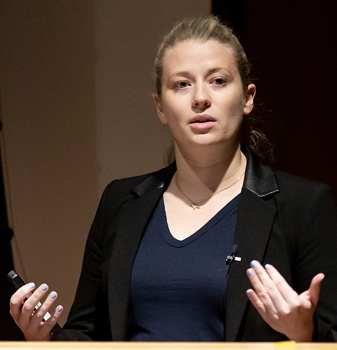
Shaunna Morrison (Geophysical Laboratory, Carnegie Inst.): The future of data-driven discovery in mineralogy and crystallography video
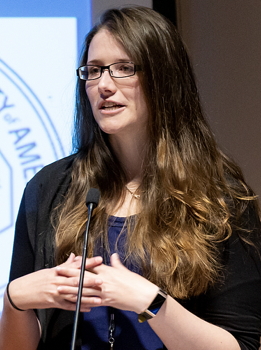
Simone Runyon (Univ. Wyoming): The future of data-driven discovery in petrology and geochemistry video
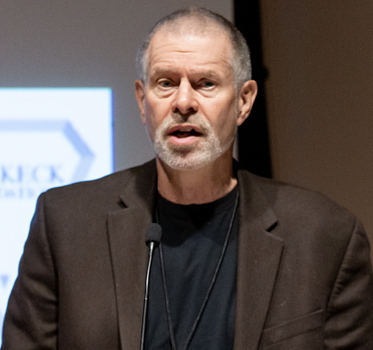
Moderator: The Rob Lavinsky Distinguished Moderator: Robert Hazen (Geophysical Laboratory, Carnegie Inst.) video
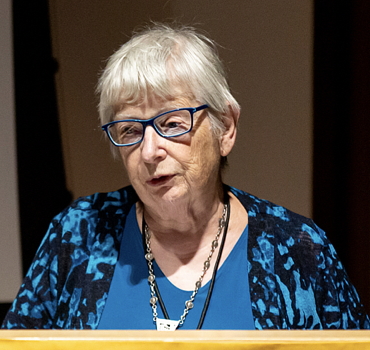
Alex Navrotsky (Arizona State Univ.): ASU’s Materials of the Universe Initiative video
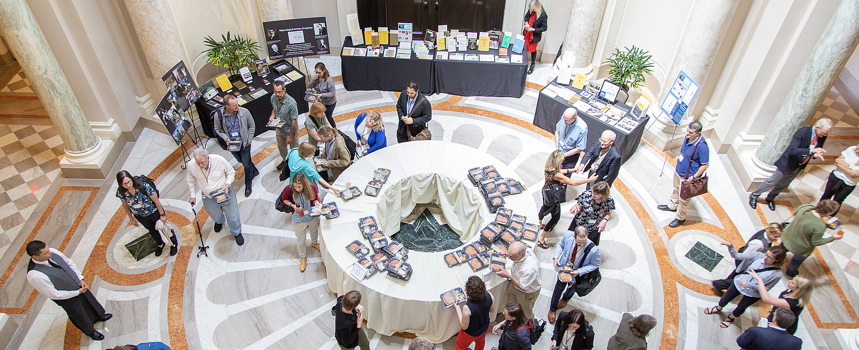
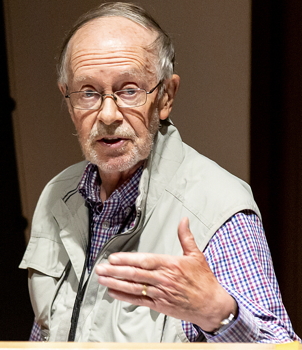
Michael Tite (Oxford Univ): The mineralogy of opaque ceramic glazes: Development in the Islamic world and Europe from the 7th to the 16th centuries CE video
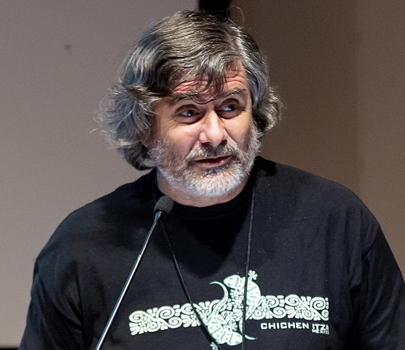
Gilberto Artioli (Univ. Padova): Modern mineralogy and ancient pots: The archaeometry of ceramics video
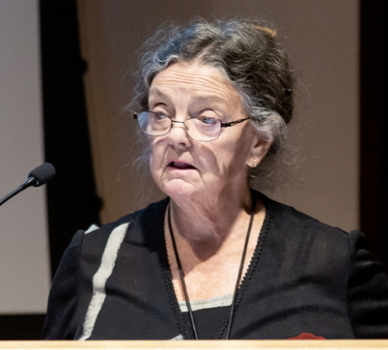
Moderators: Pamela Vandiver (Dept. Mat. Sci. and Eng., U Arizona) video
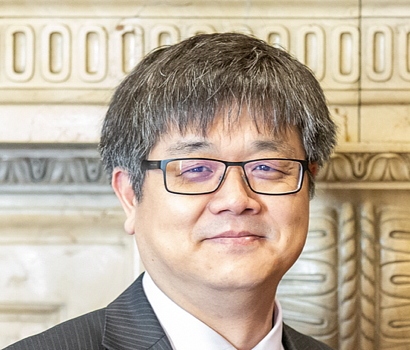
Wuyi Wang (GIA): Challenges in the identification of synthetic diamonds video
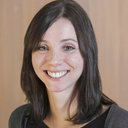
Mandy Krebs (GIA): Determining the provenance of colored gemstones video

Moderators: Wuyi Wang (GIA) and Jim Shigley (GIA) video
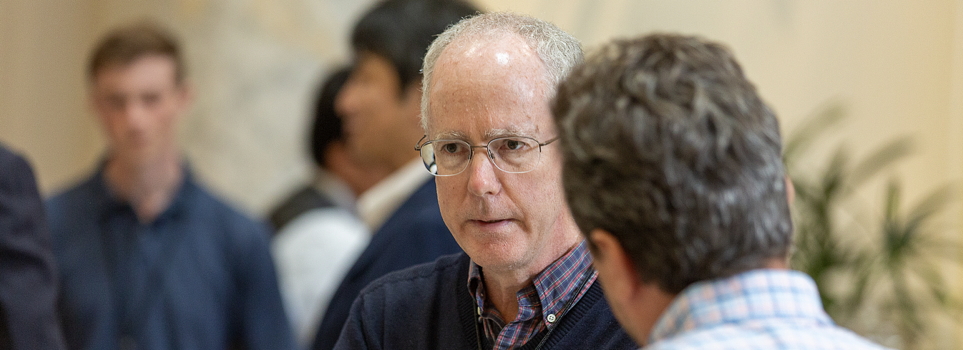
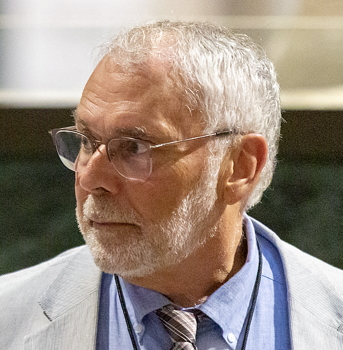
The C2/m Mineralogy Distinguished Speaker John Hughes (Univ. Vermont): The geological and agricultural significance of calcium phosphate apatite video
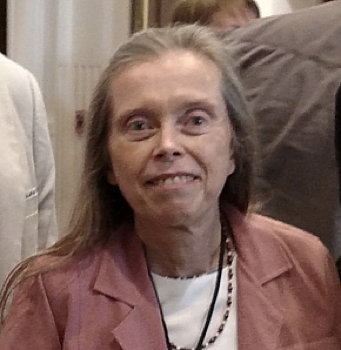
Jill Pasteris (Washington Univ. St. Louis): Biomineralization and biomaterials: Apatite and the human body video
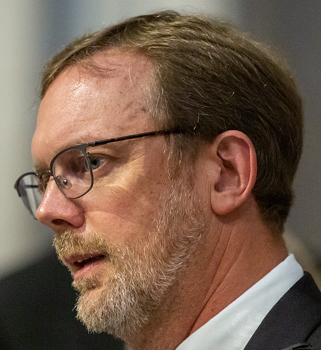
Moderator: John Rakovan (Univ. Miami-Ohio) video
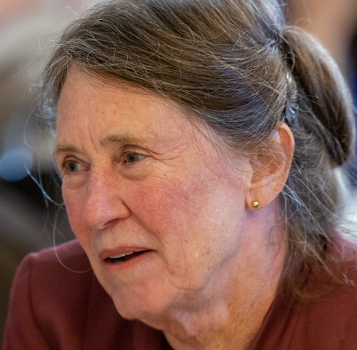
Ann Wylie (Univ. of Maryland): What makes an amphibole “asbestos”? History and status of regulatory issues dealing with amphiboles video
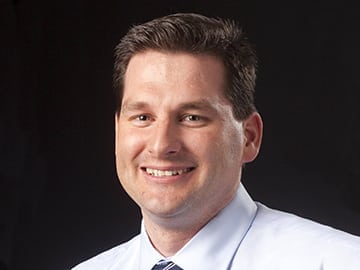
Matthew Sanchez (R J Lee Group): Mineral misidentification in connection to potential hazards of mineral dusts video
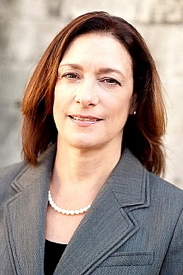
Moderator: Jessica Elzea Kogel (National Institute for Occupational Safety and Health (NIOSH)) video
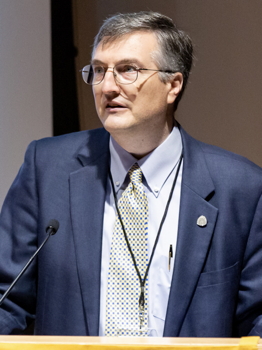
Peter Heaney (Penn State Univ.) video
Past, current and future MSA Presidents in Attendance. From left to right: Robert Hazen (2005), Michael Brown (2018), Mickey Gunter (2019), Barbara L. Dutrow (2007), Michael F. Hochella, Jr. (2012), Peter J. Heaney (2008), Carol Frost (202), Gordon E. Brown, Jr. (1996), Douglas Rumble, III (2003), John B. Brady (2010), John M. Hughes (2013), Nancy L. Ross (2009), Steven B. Shirey (2015), George E. Harlow (2017). Attended but not pictured: Rebecca A. Lange (2016), John W. Valley (2006), Alexandra Navrotsky (1993).
